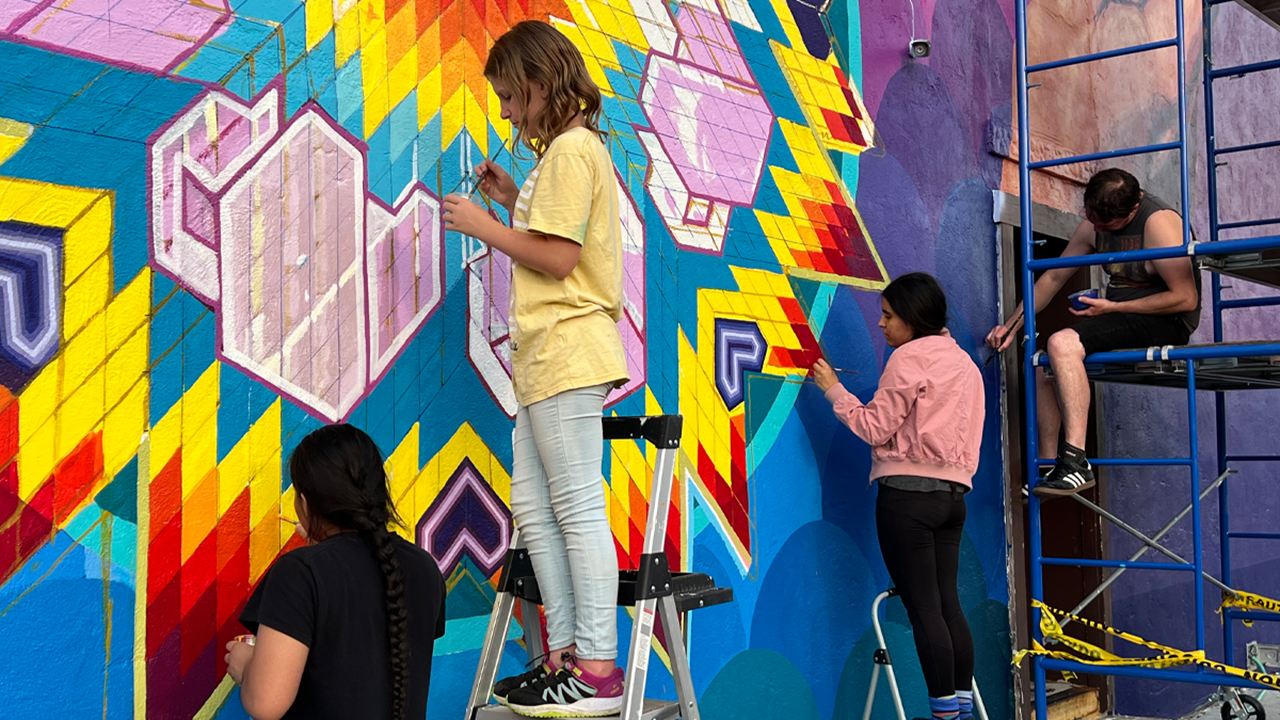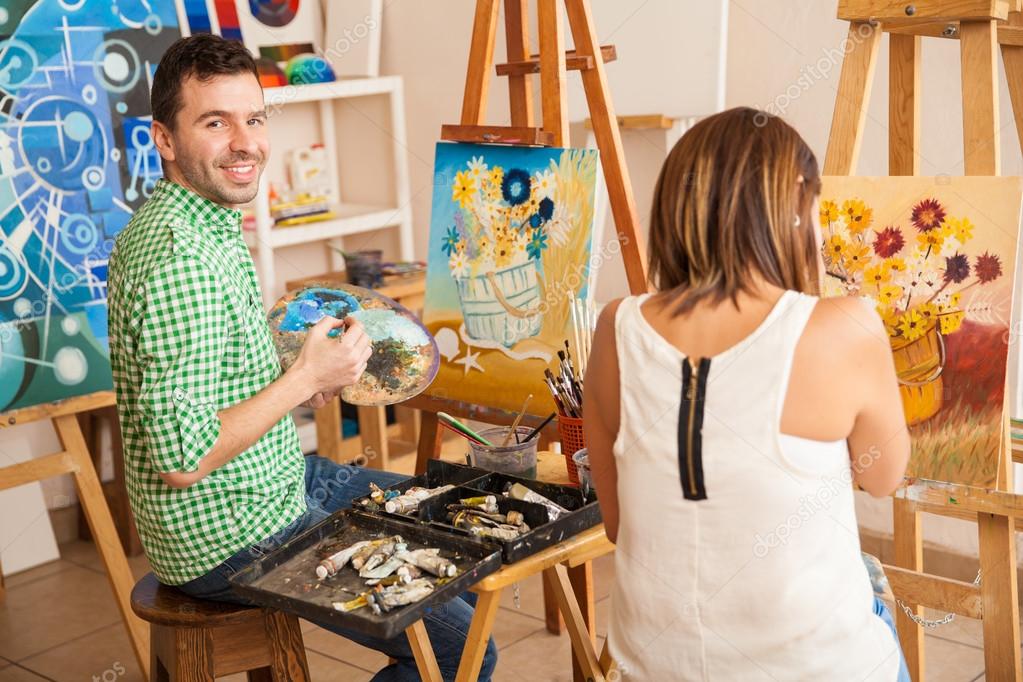Layering Techniques in Photo-Based Painting for Photographers
For professional photographers venturing into the world of painting, employing layering techniques in photo-based painting can elevate their creations to breathtaking new heights. This approach, often seen as a harmonious blending of photography and fine art, infuses a remarkable depth that transforms a simple image into an extraordinary work of art.
Layering techniques entail the thoughtful application of multiple painting layers, each serving a unique and specific role. These layers can enhance textures, shift moods, and introduce dimensions that photography alone might miss. Delving into the art of layering is an immensely fulfilling journey for those seeking to broaden their photo-based artistic horizons.

Why Photographers Should Explore Layering Techniques
As a professional photographer, your acute attention to detail is unmatched. The layering techniques in photo-based painting allow you to showcase these details, drawing attention to elements that captivate your audience. One immediate advantage is the enhanced depth of field, creating a compelling 3D illusion on a 2D canvas. For further insights, check out Art Studio Life.
Adding Dimensions to Your Artwork
Assembling layers in photo-based painting resembles the process of building a house. Each layer builds upon the last, increasing both detail and complexity. The journey begins with an underpainting that serves as the foundation. Subsequent layers of glazes, highlights, and final touches contribute intricate dimensions and a vibrant interplay of light.
The Role of Technology
Thanks to advancements in technology, mastering the art of layering has become significantly more accessible. Software tools like Photoshop empower digital artists to experiment freely, allowing for trial and error without the permanence of traditional methods. If digital painting intrigues you, discover famous artists who have successfully intertwined these practices.
Traditional Versus Digital: Discovering Your Style
The decision between traditional and digital methods often comes down to personal preference. Traditionalists appreciate the tactile sensations and the delightful unpredictability of physical materials. Conversely, the digital space offers unmatched creativity and the ease of making corrections. The essential question is which medium aligns best with your artistic vision.
Photographers wishing to infuse more creativity into their work may find exploration in both methods rewarding. Each approach uniquely enriches your skill set, opening up limitless avenues for personal expression.
Mastering the Art of Layers
The path to mastering layering techniques is a gratifying adventure. Begin by familiarizing yourself with the types of layersbase layers, adjustment layers, and blending modes are key components. A solid understanding of these essential elements is crucial. For practical tutorials and deeper insights, resources like creating a website can provide valuable guidance on your artistic journey.
Conclusion: The Fusion of Photography and Painting
Integrating layering techniques into your photo-based painting practice opens a new realm of creativity for professional photographers. This fusion of photography and painting allows artists to meticulously explore newfound depth and emotion in their work. Such an integration not only enriches your photographic art but also strengthens your connection to the artistic community.
As the lines between photography and painting increasingly blur, now is the ideal moment to experiment with these captivating techniques. To expand your knowledge of this practice and other artistic endeavors, engage in discussions that highlight potential challenges and benefits of using photographs as references. Explore exciting conversations by visiting documentary-style painting.

Frequently Asked Questions
What's the biggest challenge with layering techniques in photo-based painting?
The primary challenge lies in balancing the layers to enhance the original photo's intent without overshadowing it. Achieving harmony involves understanding how each layer interacts with others and applying them with careful precision.
How can layering techniques enhance my photography business?
By incorporating layering techniques, you can offer distinctive art pieces that stand out to clients. This adds a unique facet to your photography services and sets your business apart from competitors.
Are there resources available for beginners in photo-based painting?
Absolutely! Numerous resources exist, from online tutorials to hands-on workshops. Websites like wedding painting ideas provide beginner-friendly insights to jumpstart your journey into layering.

